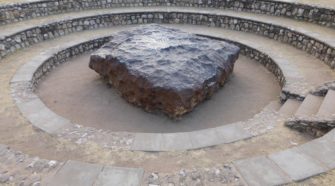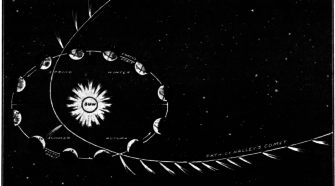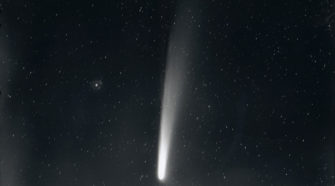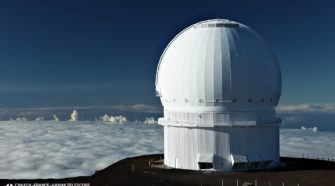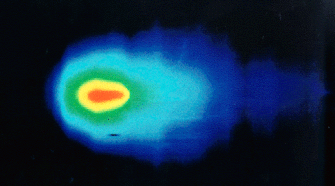Ice and Stone
Special Topic: Large Ground Meteorites
The general topic of meteorites was discussed as a “Special Topics” presentation four weeks ago. The large majority of meteorites that are known are not especially large, being of the order of a few kg in mass; with only a handful of exceptions, even the larger ones tend to have a mass of no more …
This Week in History: May 17-23
MAY 17, 1882: Observers in the path of a total solar eclipse that crossed central Egypt see and photograph a bright comet during totality. Comet Tewfik X/1882 K1, which was never seen again, was an apparent Kreutz sungrazer, and is this week’s “Comet of the Week.” Solar eclipse comets, in general, are the subject of …
Comet of the Week: Tewfik X/1882 K1
Perihelion: 1882 May 17.5, q < 0.01 AU On May 17, 1882, the path of a total solar eclipse crossed northern Africa, the Middle East, and southern Asia. As total eclipses go, it was a relatively short one, with the maximum duration of totality – which occurred in present-day Turkmenistan – being only 1 minute …
Special Topic: Solar Eclipse Comets
One of the most spectacular and awe-inspiring celestial sights is that of a bright, long-tailed comet – a “Great Comet,” the subject of a previous “Special Topics” presentation. On average, these appear about once a decade, and I have been privileged to have witnessed four of them during the half-century I have been observing comets …
This Week in History: May 10-16
MAY 10, 1999: The LINEAR survey in New Mexico discovers the near-Earth asteroid now known as (162173) Ryugu. Ryugu was the destination of JAXA’s Hayabusa2 sample-return mission, which arrived there in mid-2018 and departed there late last year, and which is now en route back to Earth with its collected samples. The Hayabusa2 mission is …
Comet of the Week: IRAS-Araki-Alcock 1983d
Perihelion: 1983 May 21.25, q= 0.991 AU On January 25, 1983, the InfraRed Astronomical Satellite (IRAS) spacecraft was launched from Vandenberg Air Force Base in California. For the next ten months, until its supply of superfluid liquid helium coolant ran out, IRAS surveyed the entire sky in near- to far-infrared wavelengths, and its findings completely …

